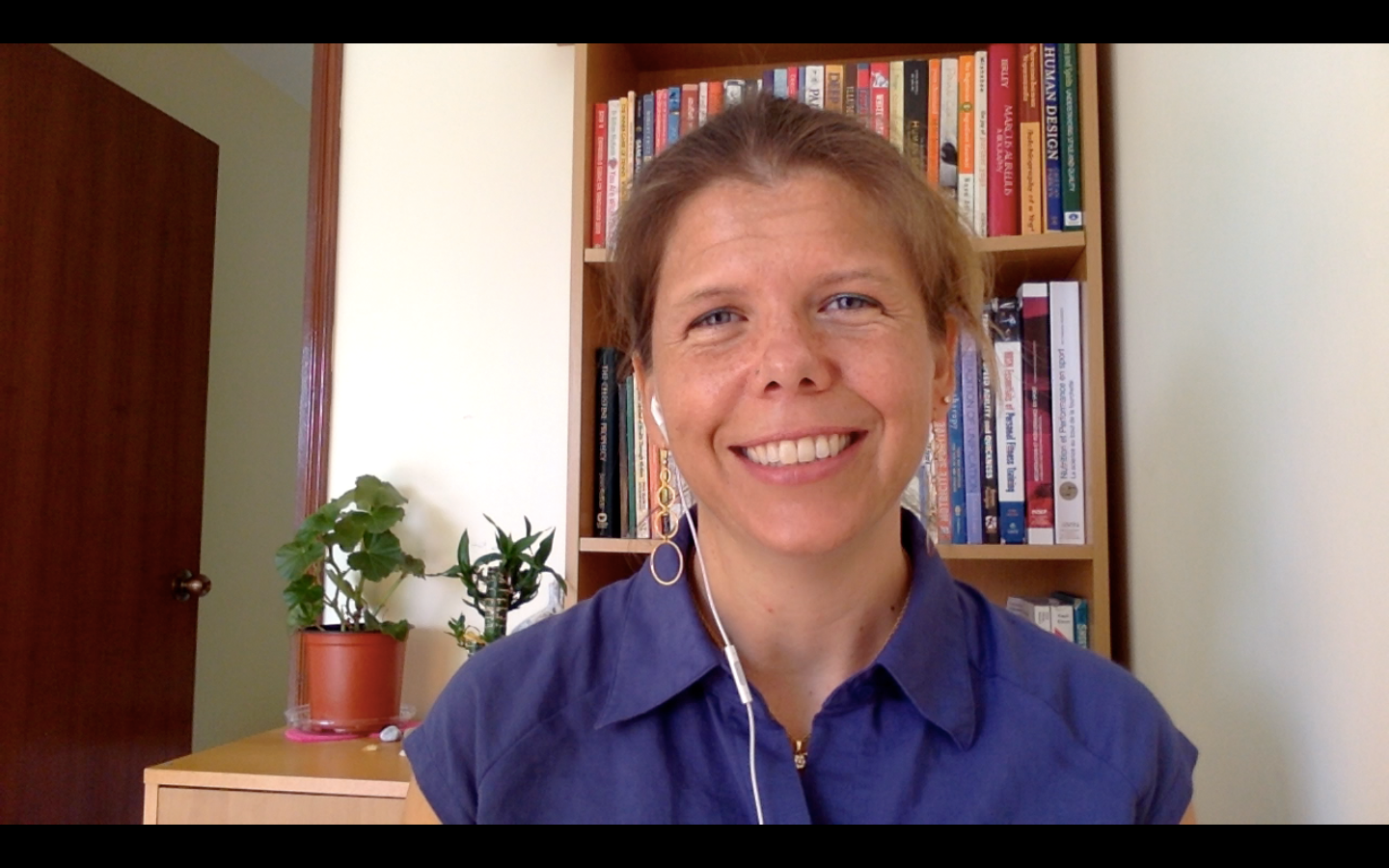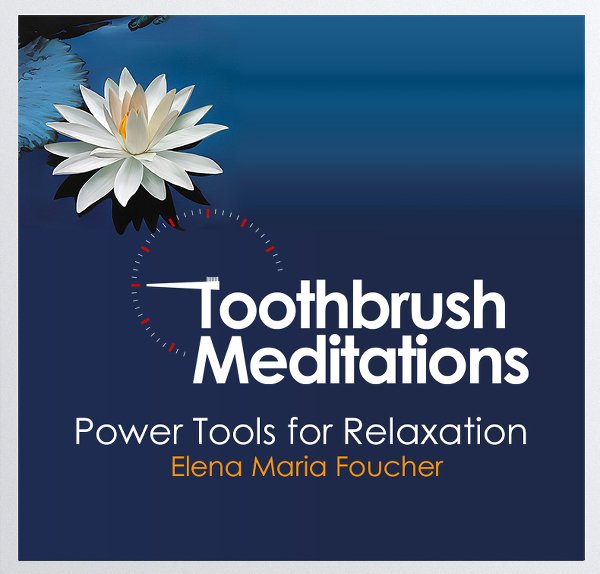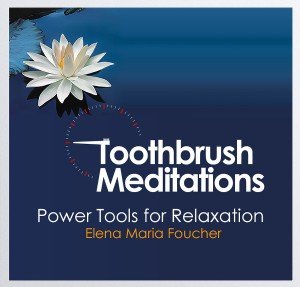
 {This article first appeared here, on CoSozo.com, Tues, 1 July 2014.}
{This article first appeared here, on CoSozo.com, Tues, 1 July 2014.}For the last decade people have been telling me that I live too much in my head and that I should live more in my heart. That idea of going from my head to my heart was really confusing at first. I thought people were suggesting that I stop thinking and focus only on my emotions, or suddenly fall in love with everything and everyone. That all seemed pretty difficult to do, and thankfully as I began to figure out this head to heart business, I realized that none of that had to happen.
To my great relief, it’s just a simple shift of focus.
Thinking, Thinking, Thinking
If you’re like most people, you spend a lot of time thinking: thinking about what has happened in the past and what will happen in the future. All day, every day, you’re doing pretty much the same thing: living in your head.
This is such an ingrained habit that most of us don’t even realize that there is anything else that we could be doing.
The thing about always thinking about the past and the future is that we miss what’s actually happening right now, where we actually live. We’re so busy paying attention to the past and future that we miss the present, where the action is going on, where the juice is, where all the things that we’re thinking about really exist, where life is really happening.
What do I mean when I say that we’re not really here?
An Experiment in Living
Try this little experiment and see what you can discover for yourself.
Stop for a moment and notice your body. Notice little things like your feet or thighs pressing down onto the ground or seat. Notice how the fabric of your clothing feels on your legs, your belly, your back, your shoulders, your arms. Notice as many sensations as you can: air moving over your skin, tension and softness in your muscles… anything and everything you can feel.
Pay attention to how long you can notice your sensations before going off into stories about them. How long before a twinge in your knee sends you thinking about how far you ran yesterday, and did you remember to start the washing machine after your run, and don’t forget to buy more laundry detergent, and did you put that on the grocery list? And you keep going, on and on, one thought after another, until pretty soon you’ve totally forgotten that you’re sitting there because your mind is somewhere else!
We miss a lot, because we spend so much of our time thinking about living and so little of our time actually focusing on living as it’s happening. We’ve all had those timeless moments where we really noticed the full depth of the moment: rocking a baby, at the crest of a high dive, taking in a fantastic view, looking deeply into the eyes of a lover… These are those moments when we get a glimpse of what we’re missing, a glimpse of being fully aware of what’s happening in the moment, the richness and depth of living.
Shifting From Head to Heart
The nice thing is that this is really simple to change.All that is needed is to shift your attention to where you are and what’s happening here. The challenge is that your habit of thinking is probably pretty strong, so you will need to keep re-focusing your attention on what’s happening until this new habit is formed.
Another nice thing is that there are lots of things that you can do to facilitate this new habit. Focusing on the body moving through space is often a good practice because the body is always doing something right here and right now. Anytime you want to shift your focus to living your life, check out what your body is doing. Notice where your body is contacting the ground or chair or bed. Notice what that feels like and immediately you are focused on living your life as it’s happening.
As I got out of my head and dropped into my heart, into myself, an amazing thing started to happen. I started to slowly notice how deep my inner landscape is, and how rich and full life is when I can actually be here in it. Everything is much more pleasurable. Now, I spend all day, every day doing pretty much the same thing: practicing this awareness of my life as it’s happening. When I realize I’m lost in my head, I simply shift my focus back into my self, where the juice is, where it’s all happening, where I live my life.
This process could really be called moving from Head to Self.
Head to Heart just sounds a lot sexier.
Elena has been practicing awareness since 2005 and has recorded seven of her favorite practices at www.ToothbrushMeditations.com. They’re quick and easy, 10-second meditations, that you can do anywhere and anytime you want to focus on living your life.













